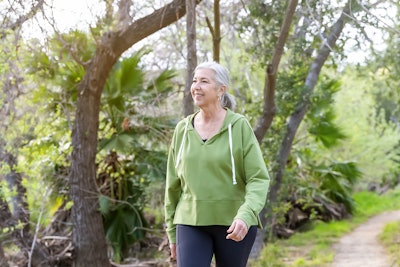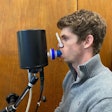
Walking is a common and basic way to maintain health, and while there have been many studies looking at how much patients with COPD walk, there have been few looking at how they walk.
In a study titled “How Do People With COPD Walk? A European Study on Digitally Measured, Real-World Gait,” researchers at the Barcelona Institute for Global Health used digital technologies to analyze the walking patterns of patients with COPD in their daily lives. Parameters included walking speed, steps per minute and stride length.
The study, which was published in the European Respiratory Journal, involved 549 patients with COPD with an average age of 68. The patients came from seven European cities: Athens, Greece; Barcelona, Spain; Grosshansdorf, Germany; Leuven, Belgium; London and Newcastle in the United Kingdom and Zurich, Switzerland.
The study found that gait quality deteriorates as COPD advances. Specifically, those with more severe breathing difficulties and frequent symptoms or exacerbations exhibited slower walking speeds, shorter steps and lower step frequencies. They also demonstrated less variation in walking speed, stride length and number of steps per minute compared to those with milder forms of COPD.
In a secondary analysis, the gait characteristics of 19 healthy adults were evaluated. By comparison, those with COPD exhibited significantly slower walking speed and cadence than those without COPD.
Judith Garcia-Aymerich, PhD, director of ISGlobal’s Environment and Health Life Course Program and senior author of the study, said in a news release that the results suggest COPD affects not only how much people walk, but how they walk.
“Although we still don’t fully understand the underlying mechanisms, the most pronounced gait impairments in severe cases of COPD may be due to reduced physical capacity caused by symptoms, complications and chronic inflammation associated with advanced stages of the disease,” she said.
The findings could have significant implications for the clinical care of COPD patients.
“By recognizing and addressing gait changes, health care providers may be able to intervene earlier and more effectively to reduce the risks of falls, disability and mortality in this population,” Dr. Garcia-Aymerich said






















